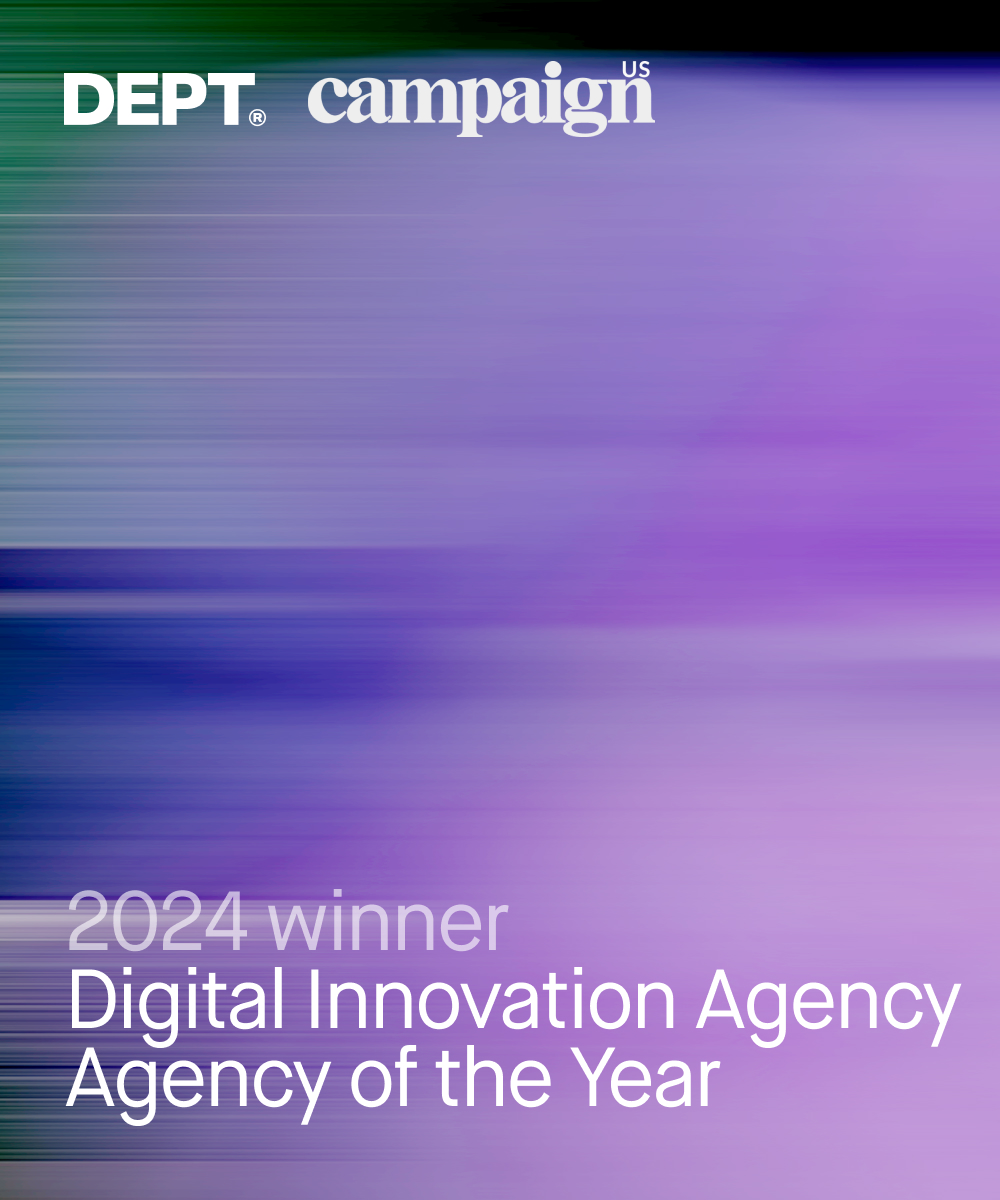4 commercial considerations for technical architecture
We often work with enterprise organisations that have a range of technologies that need to be integrated, in order to provide the ultimate online user experience. These technologies often include:
- An ERP that manages the core business process
- A PIM system to provide central storage of product data
- DAM systems to store media assets in a central location
- eCommerce systems to transact online
- CXM or CMS platforms to manage the online customer journey
- Marketing automation tools to automate engagement and drive conversion
- A CRM system to store and manage customer interactions across multiple channels
- Analytics to provide insights and optimisation
Plus a whole range of other internal systems. For marketing technology alone, just look at the potential systems an organisation could be using…
Organisations tend to use a mixture of cloud systems and those that still run on-premise. Previously, these systems were managed in silos across multiple departments.
Nowadays, companies are focusing on digital transformation to embed digital across the core processes in the organisation, in order to leverage the power of digital to achieve better results and stay competitive.
This ‘digital’ thinking requires a breakdown of silos and a technical platform that brings all the data and systems together. Here is where it gets interesting, because platform vendors often take a ‘we can do everything approach’. But is this really true? To be honest, it could be but, more often than not, no.
DEPT® is often asked by clients to create a technical architecture that is optimised for their business needs. There are a number of key considerations when creating an optimal architecture that will be capable of serving the future needs of the business.
It is difficult to predict long term technology development, and what, in years to come, will be the next digital ‘must-have’. While it is impossible to totally ‘future-proof’ a solution, it is possible to create robust foundations for future change.
Four key areas to consider are:
Ask the experts
If you need to validate your technical architecture or need help to figure out what the best direction to take is, we can help. Contact the team today to discuss your challenges.
More Insights?
View all InsightsQuestions?
Global SVP Technology & Engineering




